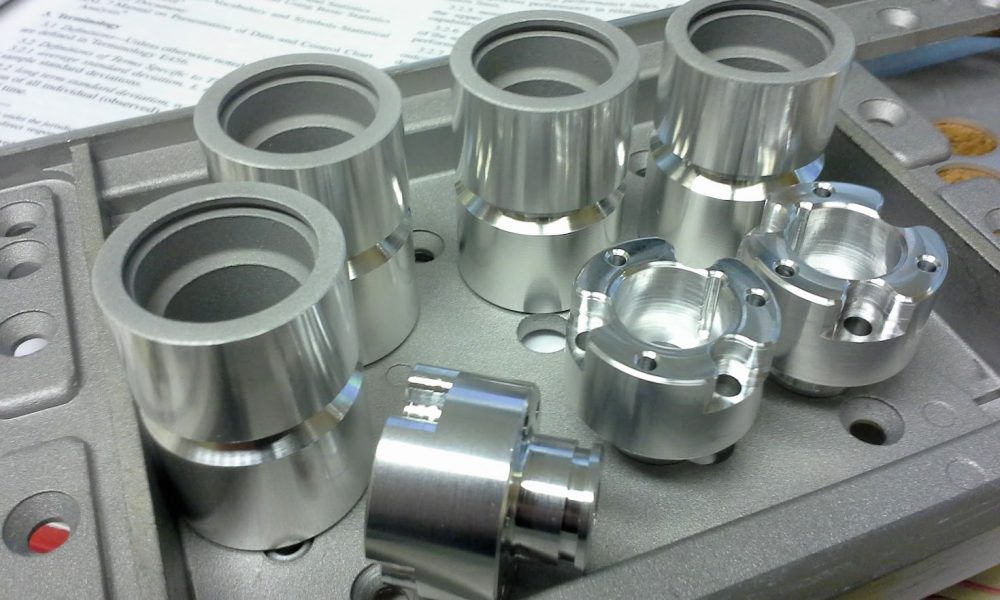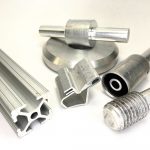
Aluminum is a lightweight and versatile metal widely used in engineering applications due to its desirable properties. It has excellent strength-to-weight ratio, good corrosion resistance, and can be easily machined, formed, and welded. As a result, it is commonly used in the transportation industry for aircraft, automobiles, and trains. It is also used in packaging,...
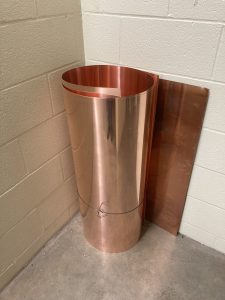
Copper is a versatile and widely used engineering material due to its excellent electrical and thermal conductivity, corrosion resistance, and malleability. Copper is commonly used in electrical wiring, plumbing systems, heat exchangers, and electronic devices. It is also used in architecture and construction for roofing, gutters, and ornamental features. Copper is available in various forms,...
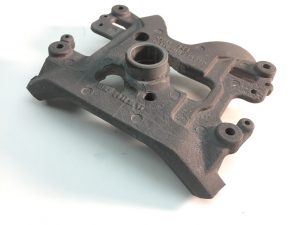
Magnesium is a widely used engineering material due to its unique properties, such as low density, high strength-to-weight ratio, good damping capacity, and good machinability. It is commonly used in aerospace, automotive, electronic, and biomedical industries, among others. In this article, we will discuss the properties and applications of magnesium as an engineering material. Properties...
Nickel is a versatile and corrosion-resistant metal belonging to the transition metals group. Known for its silvery-white appearance, nickel exhibits excellent properties that make it widely utilized across various industries. In its pure form, nickel is ductile, malleable, and possesses good electrical and thermal conductivity. One notable aspect of nickel is its exceptional resistance to...
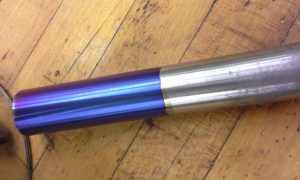
Titanium is a chemical element with the symbol "Ti" and atomic number 22. It is a transition metal known for its remarkable combination of properties, making it highly valuable in various industrial applications. Here are some key characteristics and uses of titanium: Strength and Lightness: Titanium is known for its exceptional strength-to-weight ratio. It is...

Zinc is a chemical element with the symbol "Zn" and atomic number 30, and it finds significant usefulness as an engineering material. Known for its corrosion resistance, zinc is frequently used as a protective coating for steel and iron components, a process known as galvanization. By applying a layer of zinc to the surface, it...
Aluminum is a lightweight and versatile metal widely used in engineering applications due to its desirable...
"The Aluminum Association represents aluminum production and jobs in the United States, ranging from...
The Wrought Alloy Designation System is a coding system used to identify alloys and consists of four...
The 1xxx series of aluminum alloys, known as pure aluminum, have low strength but exceptional ductility...
The 2xxx series of aluminum alloys are primarily alloyed with copper, which gives them relatively high...
The 3xxx series of aluminum alloys contain manganese as the principal alloying element. While manganese...
The 4xxx series of aluminum alloys contain silicon as the main alloying element. There are two types...
The 5xxx series of aluminum alloys contain magnesium, making them some of the strongest non-heat-treatable...
The 6xxx series of aluminum alloys contain both magnesium and silicon, which creates a quasi-binary...
The 7xxx series of aluminum alloys, which contain zinc, can achieve the highest strengths among all...
